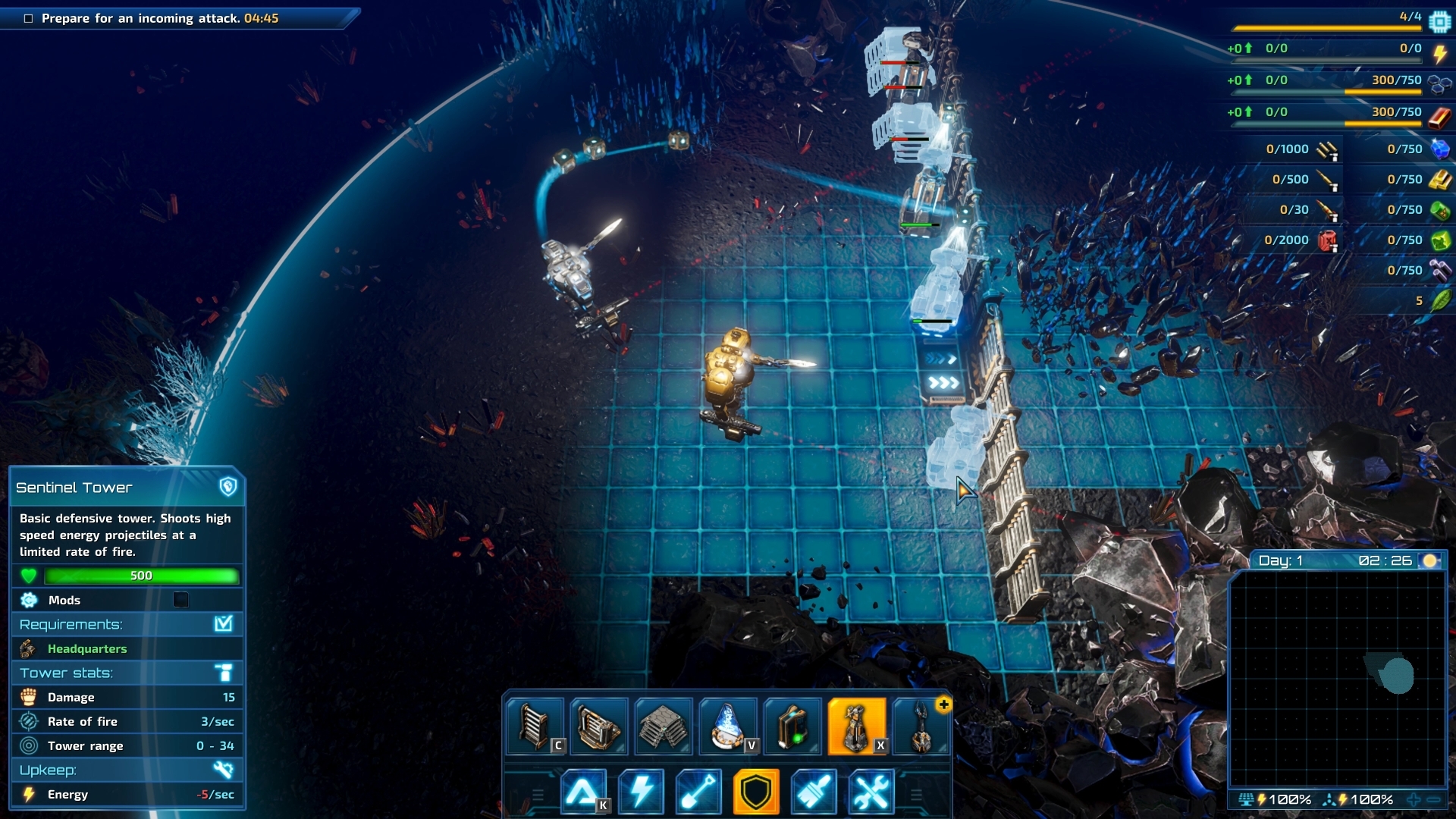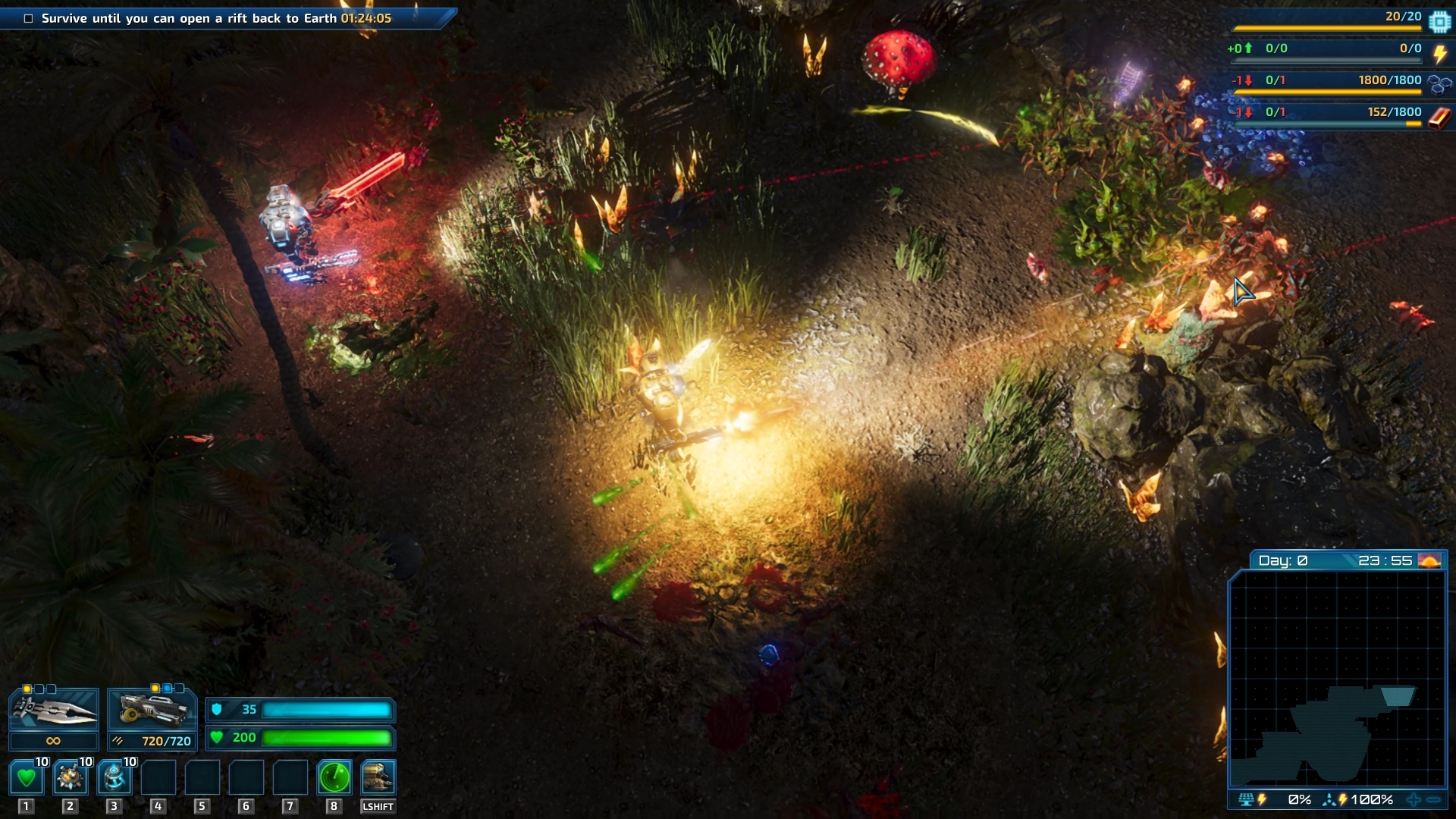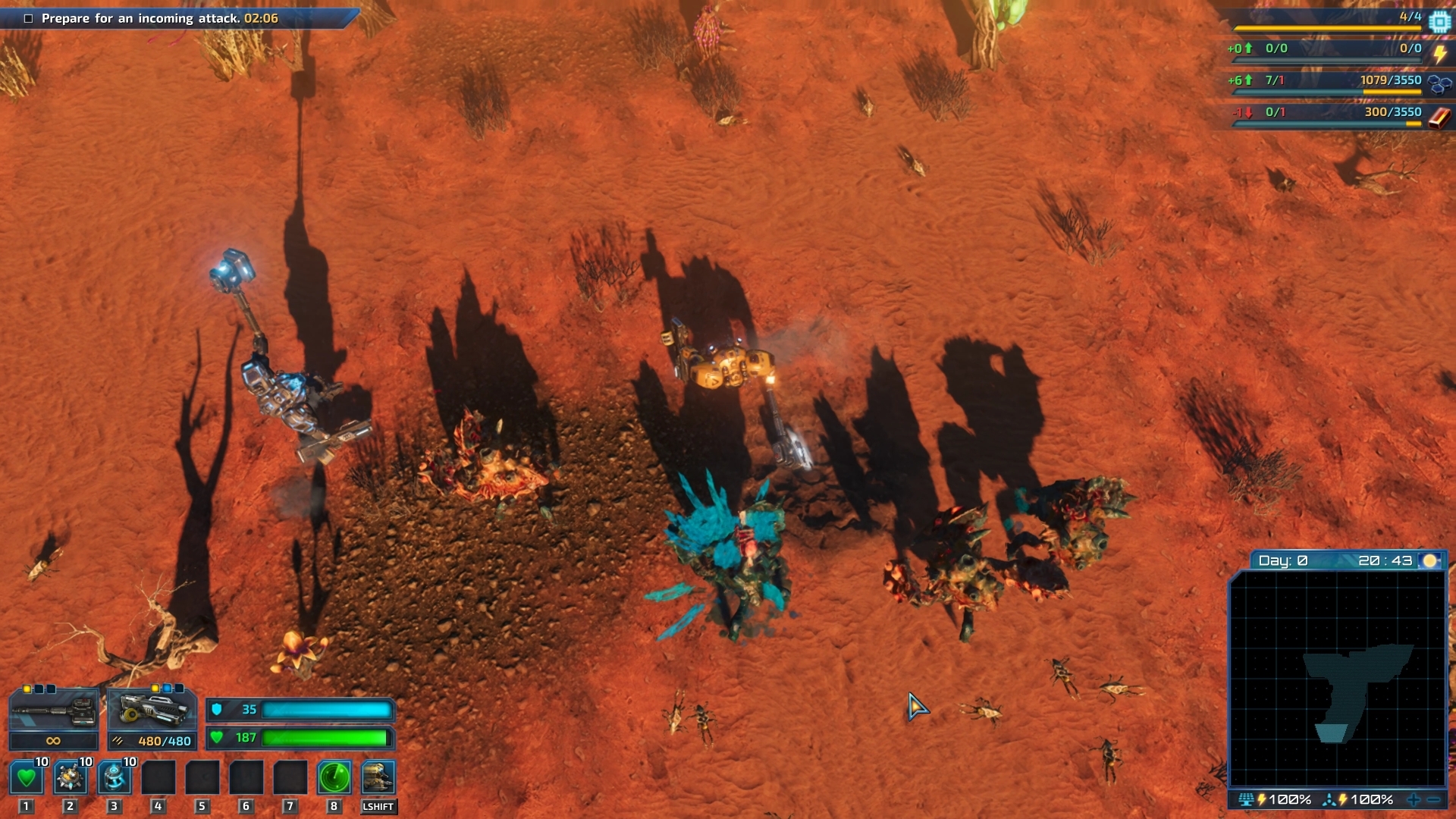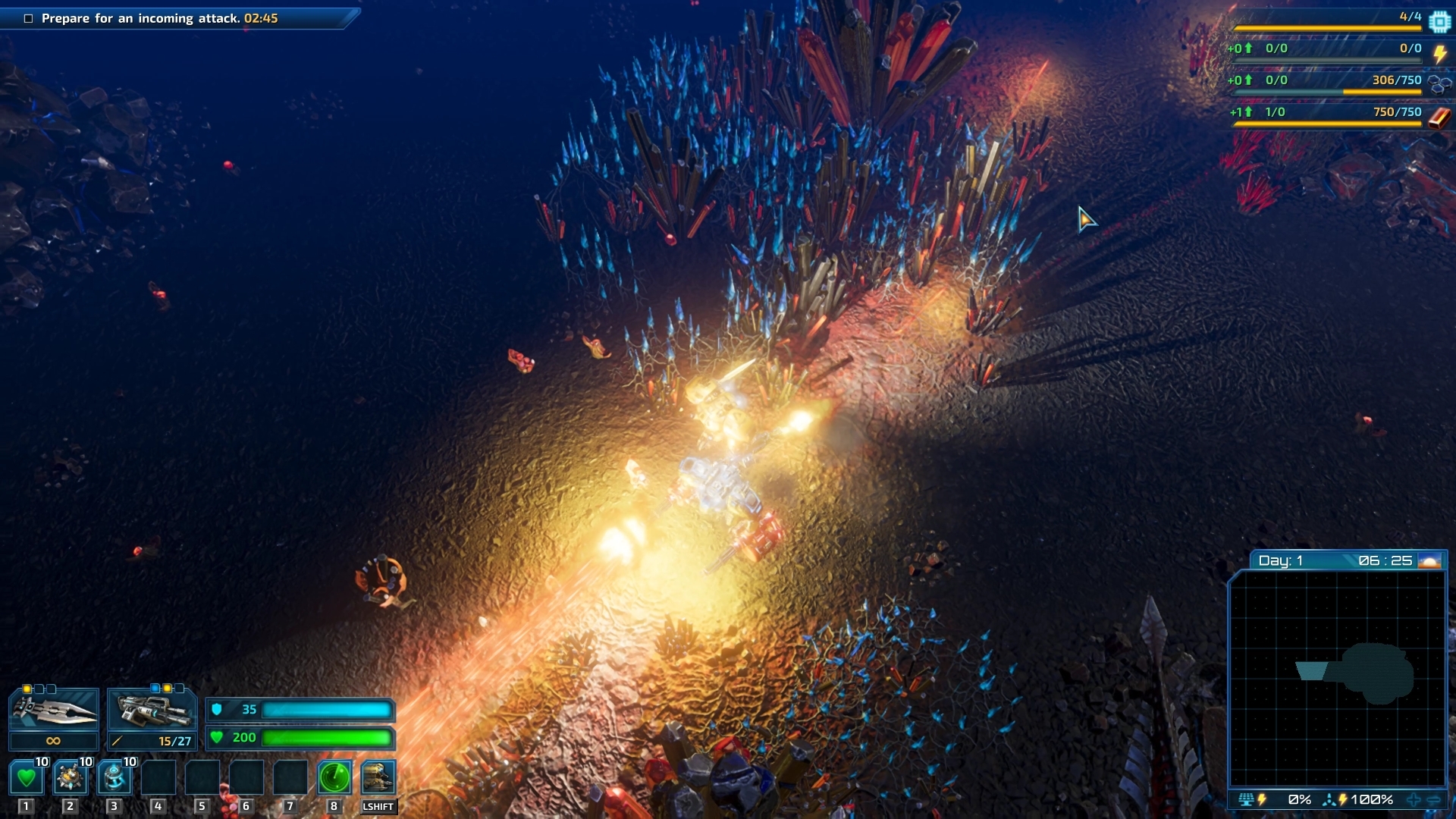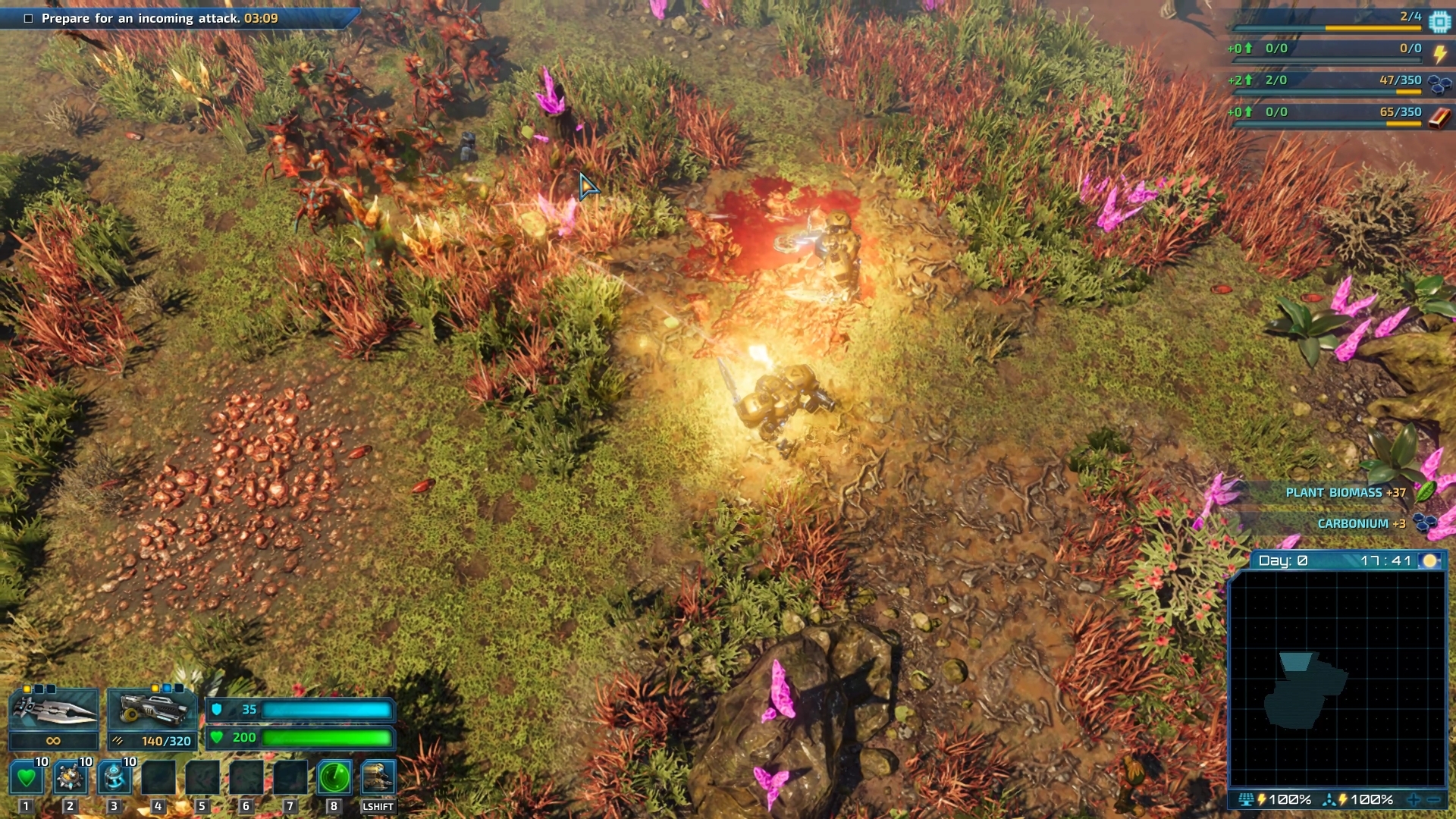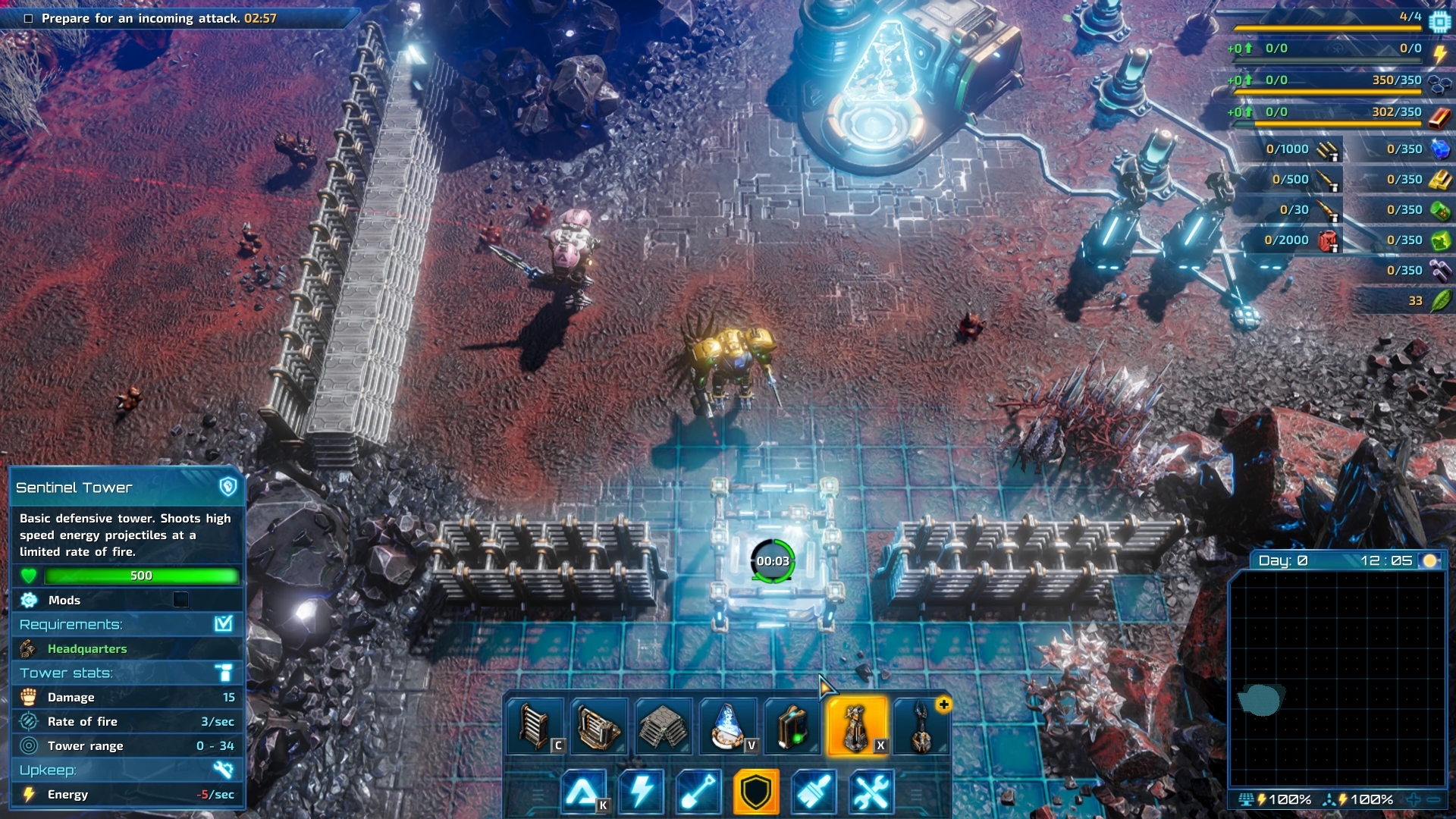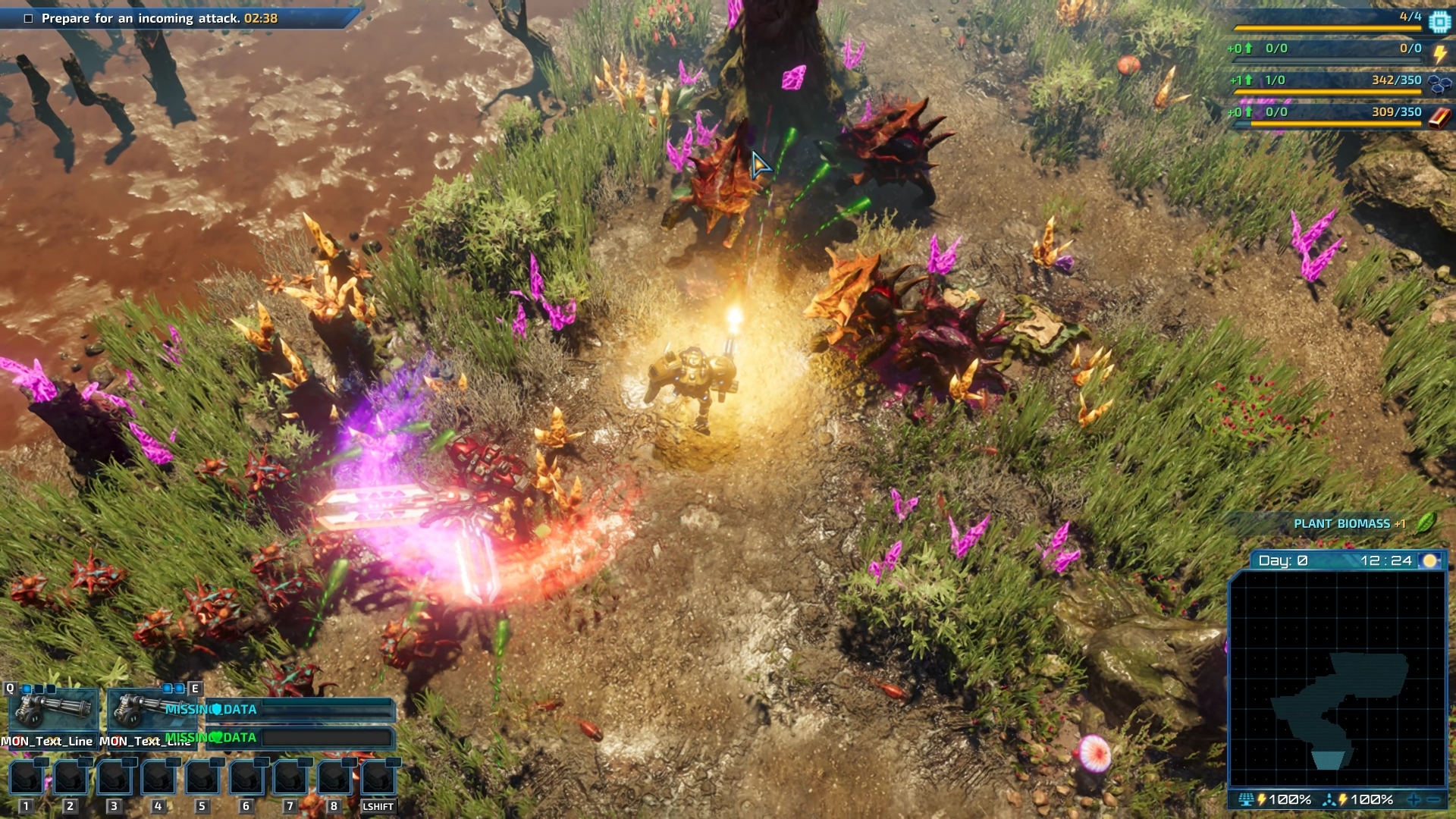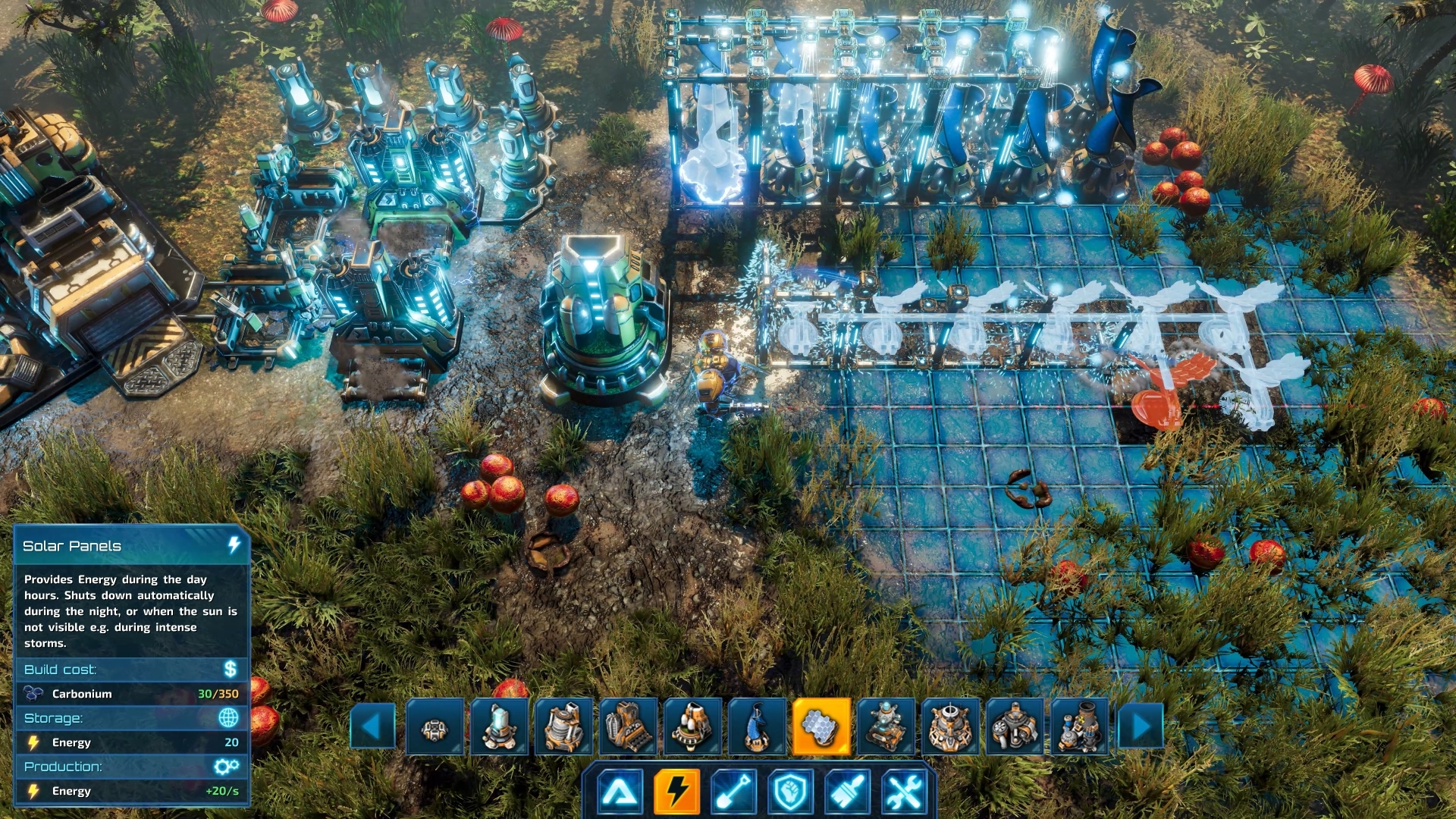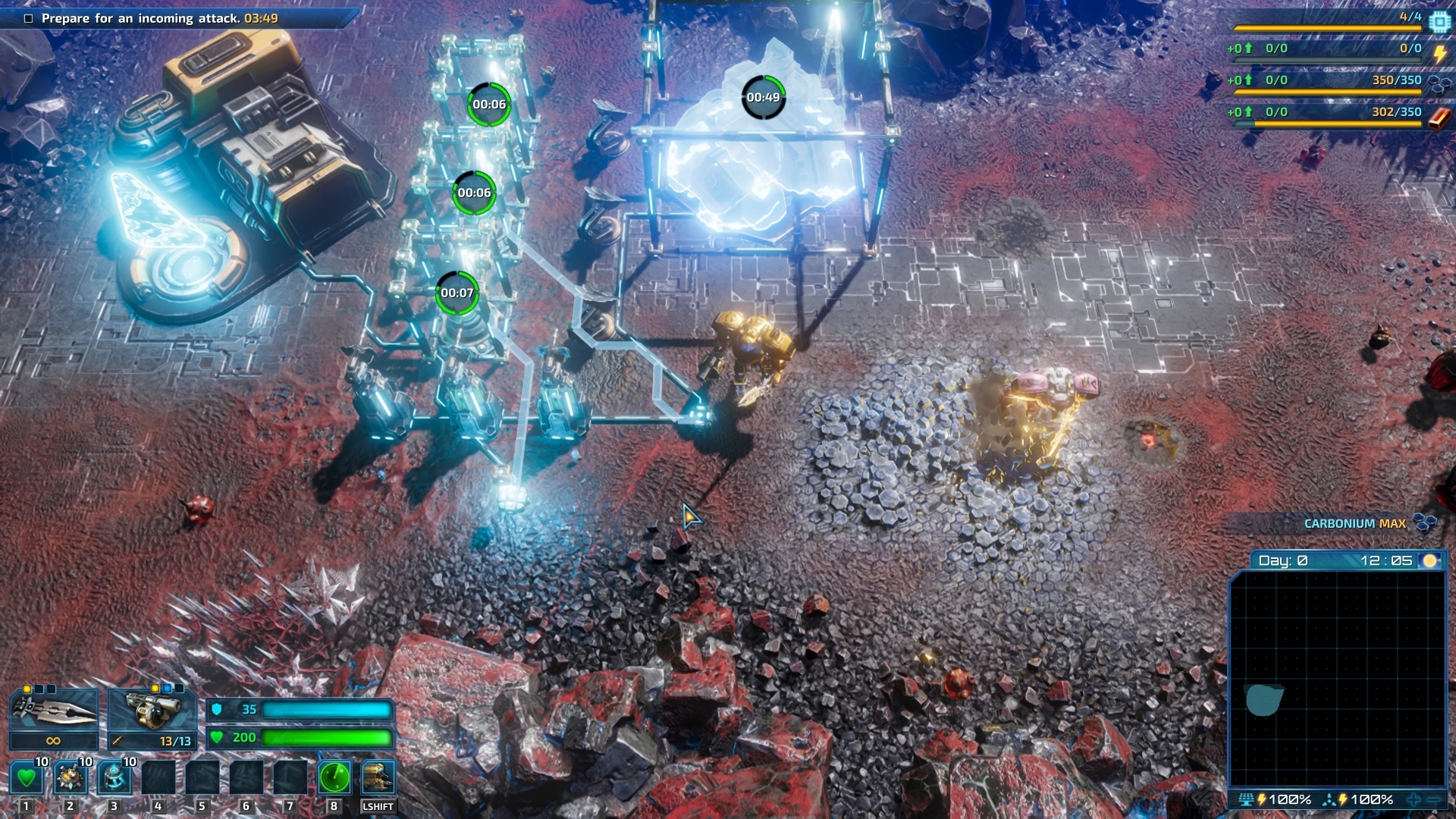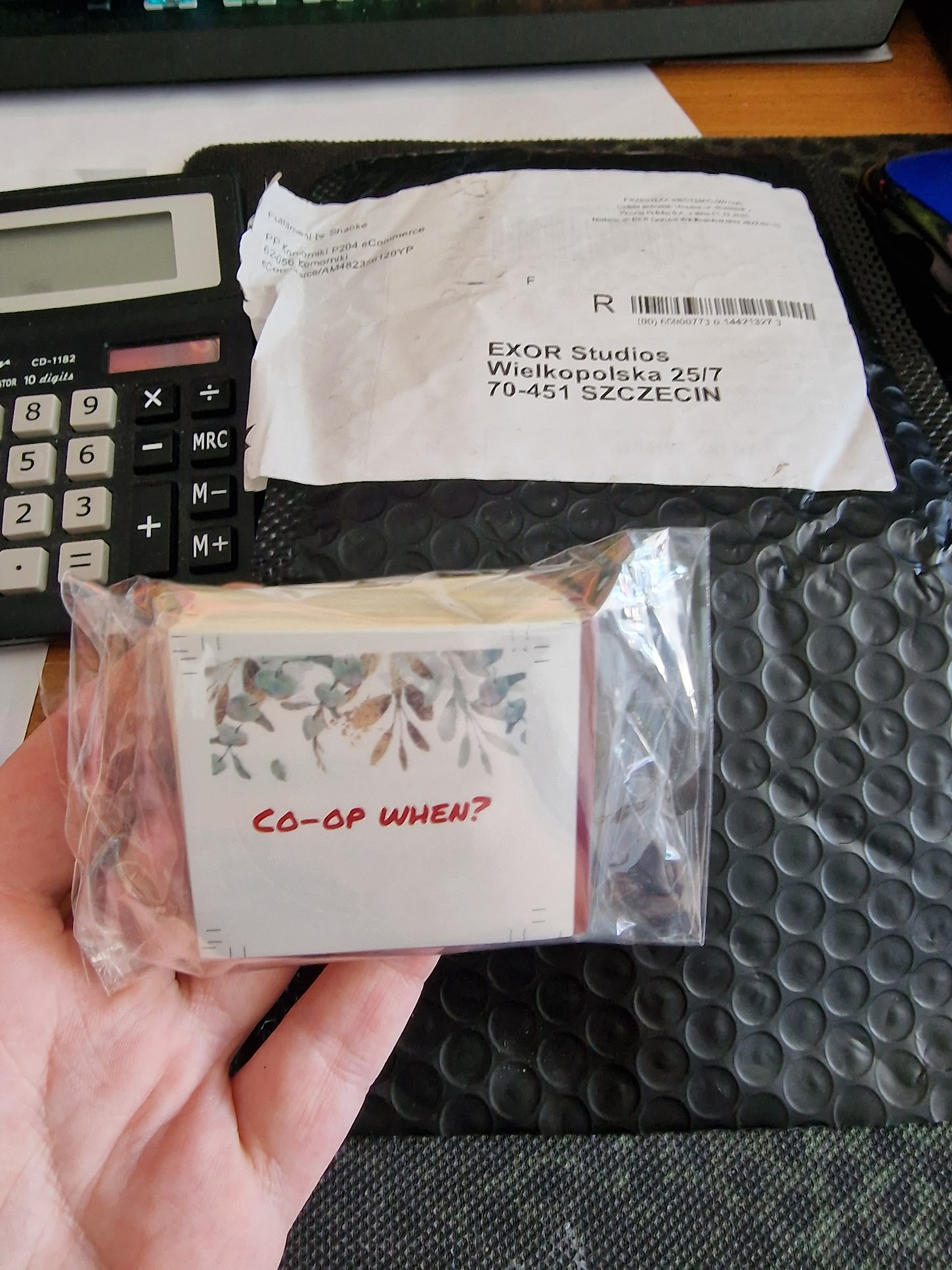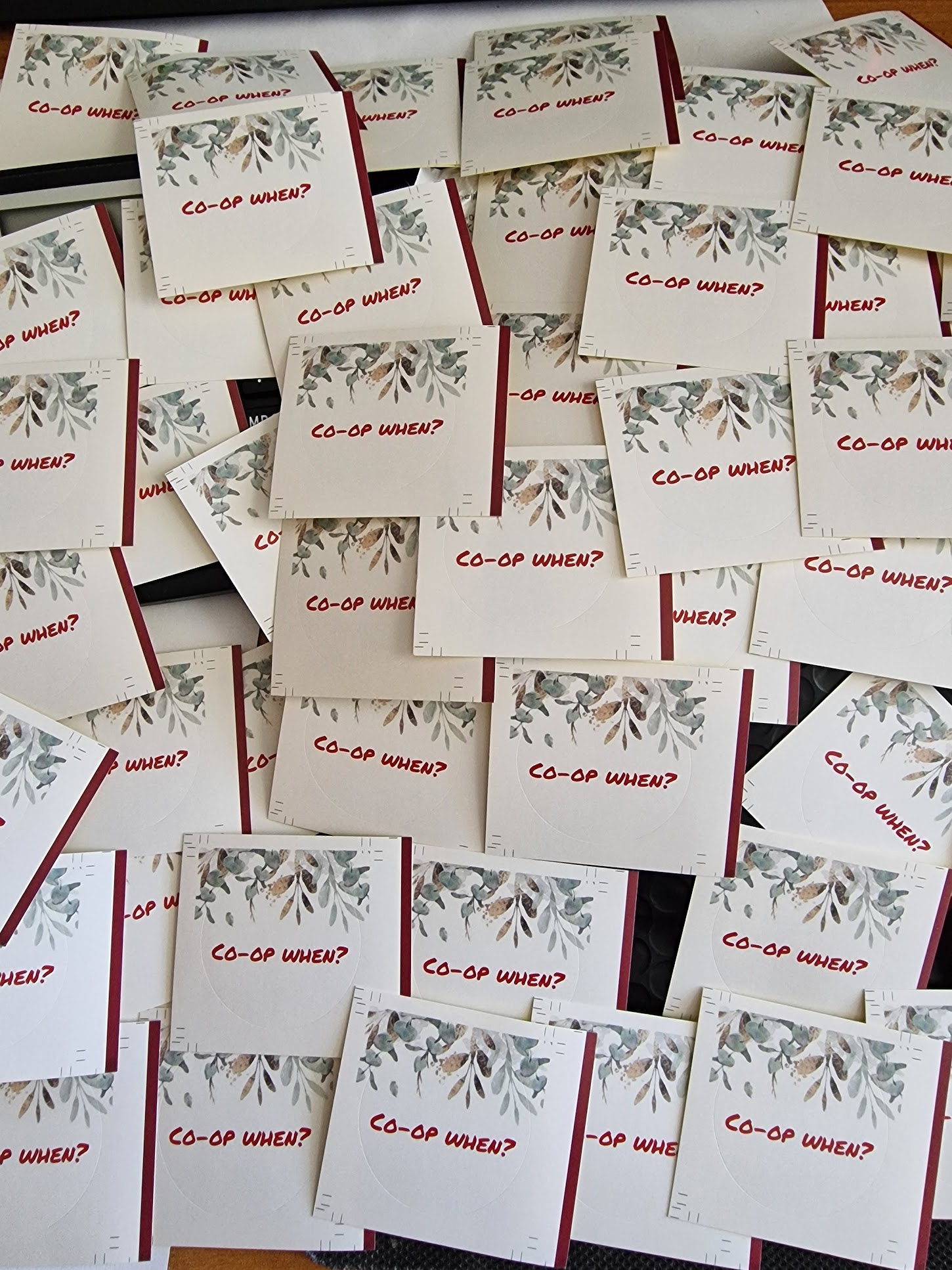
The Riftbreaker - voidreaver
Hello Riftbreakers!
We have just published a patch to the experimental branch of the game with a bunch of additional performance-related fixes. This also includes a potential fix for stuttering/hiccups in large bases with high numbers of drones. Give it a shot!
Since we haven’t fully finished testing this update yet. We strongly recommend you to back up your save files before moving onto the experimental branch.
How to join the experimental branch:
- create a backup copy of your save folder (Documents/The Riftbreaker)
- disable Steam Cloud save backup
- go to your Steam Library
- right-click on The Riftbreaker
- select 'Properties,’ then 'Betas,’ and use the following password: IknowWhatImDoing
The Riftbreaker - Optimization and Maintenance update, Experimental, September 7th 2022. Binaries #580, Package #202 Changelog:
- Implemented Target Finder Throttling in drones. Thanks to this change you should see a large CPU performance uplift in bases that utilize a large number of drones (repair towers, cultivators, minelayers etc.). It should also fix gameplay 'hiccups'.
- Optimized the UpdateEnvironment component of the TimeOfDay system. Depending on the circumstances, it can save up to 5ms of logic calculation time. In human terms - it can save you a lot of CPU performance!
- Introduced extensive optimizations of the LuaSystem that can increase both stability and CPU performance.
- Introduced a large number of small optimizations in various other game systems. Taken individually, the performance gains from them are negligible, but as a whole they should free up a decent amount of resources for the game and make it run better as a result.
- Fixed a memory leak in TerrainAffectorSystem that caused performance degradation when loading old save files.
- Fixed an error that could potentially unlock research rewards before the relevant research item has been discovered.
- Fixed building grouping errors in the new building menu screen.
EXOR Studios





